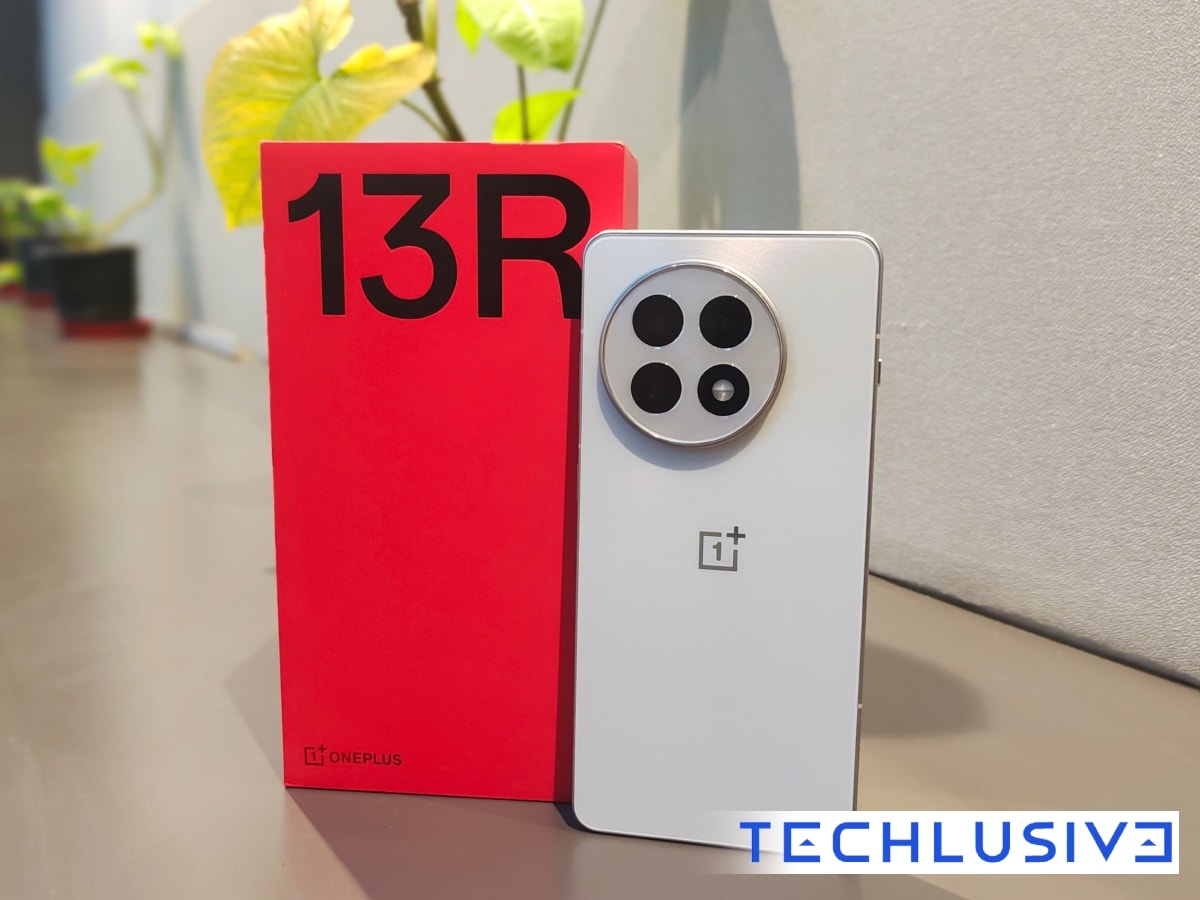Authors:
(1) Diwen Xue, University of Michigan;
(2) Reethika Ramesh, University of Michigan;
(3) Arham Jain, University of Michigan;
(4) Arham Jain, Merit Network, Inc.;
(5) J. Alex Halderman, University of Michigan;
(6) Jedidiah R. Crandall, Arizona State University/Breakpointing Bad;
(7) Roya Ensaf, University of Michigan.
Table of Links
Abstract and 1 Introduction
2 Background & Related Work
3 Challenges in Real-world VPN Detection
4 Adversary Model and Deployment
5 Ethics, Privacy, and Responsible Disclosure
6 Identifying Fingerprintable Features and 6.1 Opcode-based Fingerprinting
6.2 ACK-based Fingerprinting
6.3 Active Server Fingerprinting
6.4 Constructing Filters and Probers
7 Fine-tuning for Deployment and 7.1 ACK Fingerprint Thresholds
7.2 Choice of Observation Window N
7.3 Effects of Packet Loss
7.4 Server Churn for Asynchronous Probing
7.5 Probe UDP and Obfuscated OpenVPN Servers
8 Real-world Deployment Setup
9 Evaluation & Findings and 9.1 Results for control VPN flows
9.2 Results for all flows
10 Discussion and Mitigations
11 Conclusion
12 Acknowledgement and References
Appendix
3 Challenges in Real-world VPN Detection
Effective investigation of fingerprintability requires incorporating perspectives of how ISPs and censors operate in practice. It is not enough to simply identify fingerprinting vulnerabilities, we need to demonstrate realistic exploits to illustrate the practicality of exploiting the vulnerability, while taking into consideration the ISP and censors’ capabilities and constraints [56]. For instance, previous academic works considered using flow-level features to train ML classifiers for VPN detection [3, 14, 17, 24, 26, 68]. Yet, it remains unclear how practical these detection approaches are for ISPs and censors, and we know of no rigorous studies that examine real-world deployment of an ML-based censorship system [56]. Furthermore, previous works test on the ISCXVPN2016 dataset [17] with balanced OpenVPN and nonVPN traffic. However, we note that due to the low base rate of VPN traffic in the wild, even the best-performing ML system has false positive rates that can be economically impractical for real-world censors sensitive to collateral damage [67].
However, investigations adopting the viewpoint of ISPs and censors can be challenging. First, such investigation requires collaboration with real-world ISPs and access to their network traffic. We need to install monitors inside an ISP’s network, while ensuring our analysis will not affect ISP’s normal routing operations. Furthermore, analyzing traffic from real users raises ethical concerns. Processing raw network data may violate the privacy of users, in particular VPN users who often have a heightened threat model. Finally, deploying a system that performs ad-hoc traffic analysis in real time poses significant engineering challenges. We need to ensure the entire analysis framework (including processing and logging) keeps pace with the packet arrival rate and take into consideration the effect of potential asymmetric routing or packet loss on the analysis and results.









